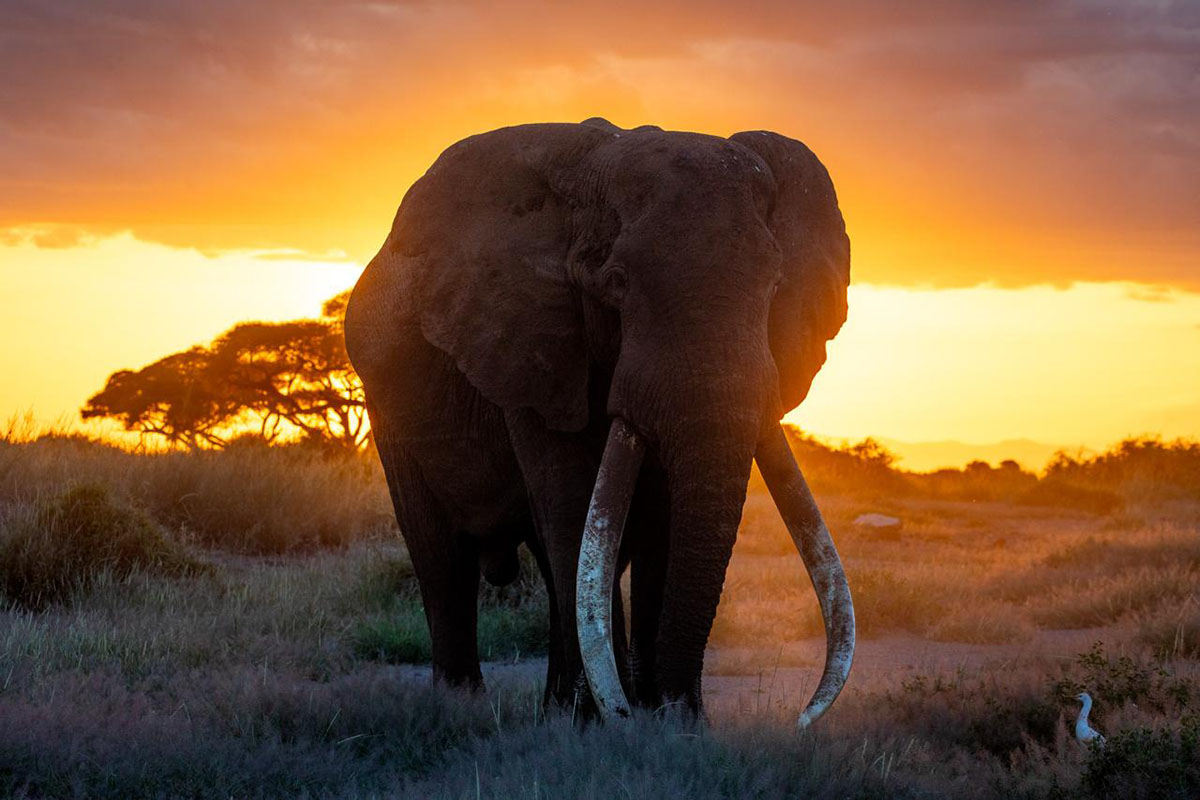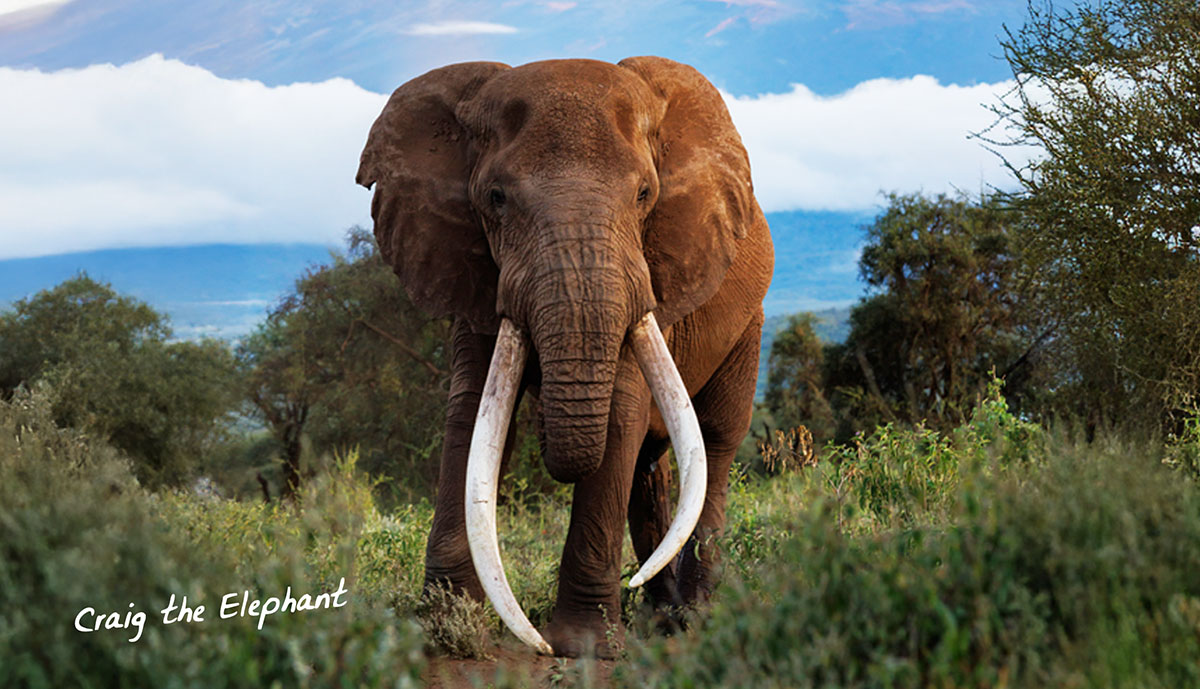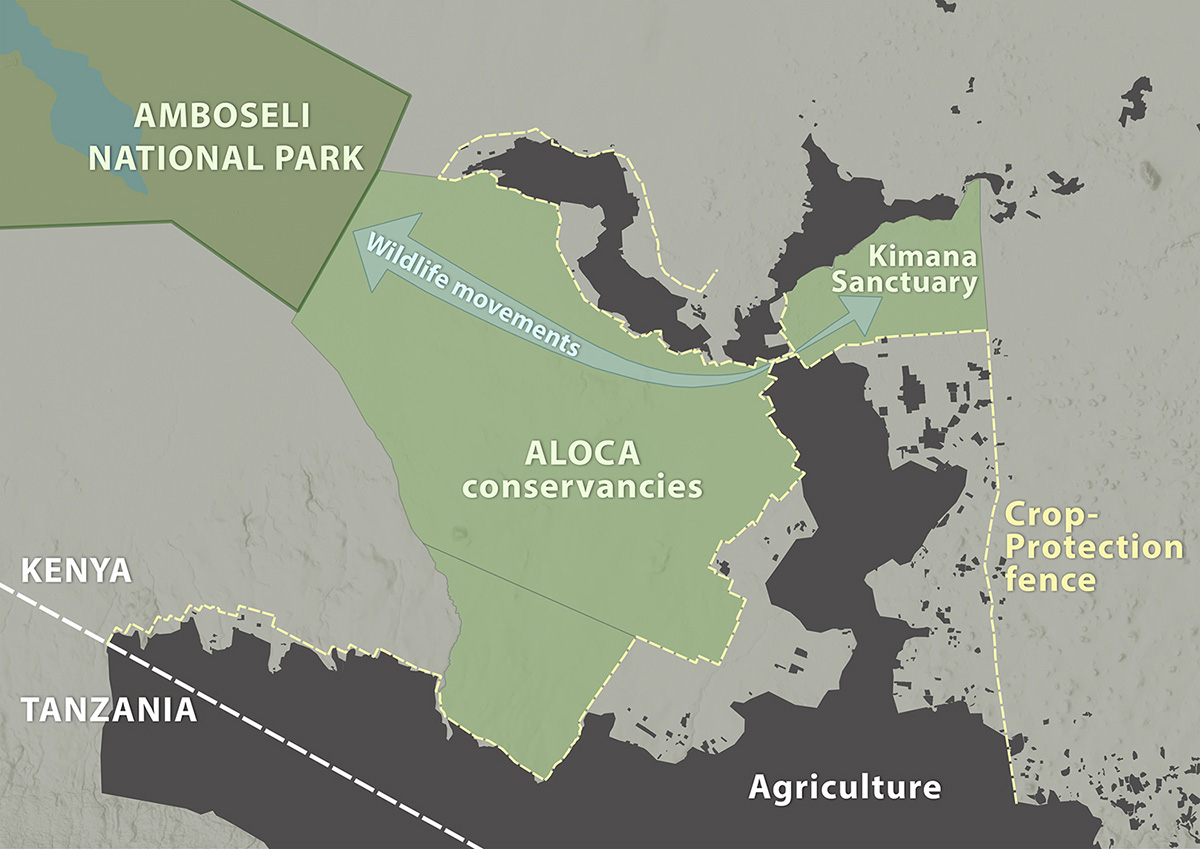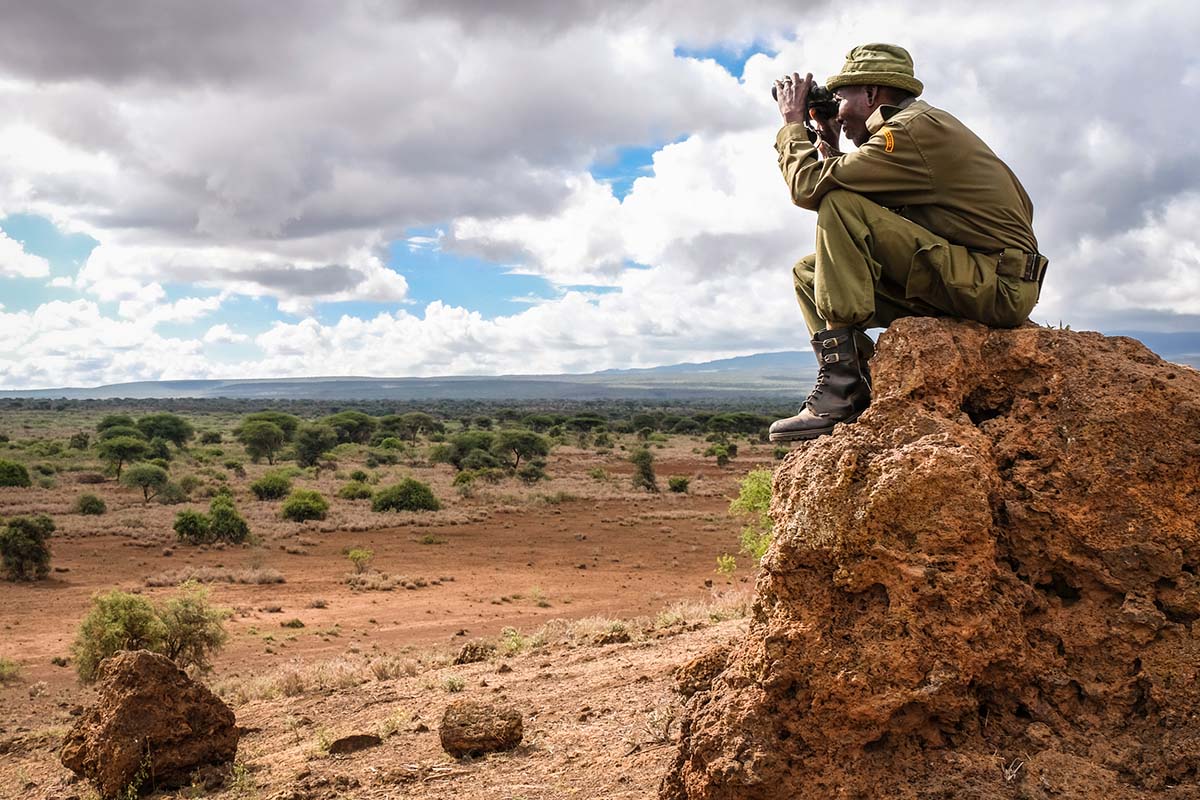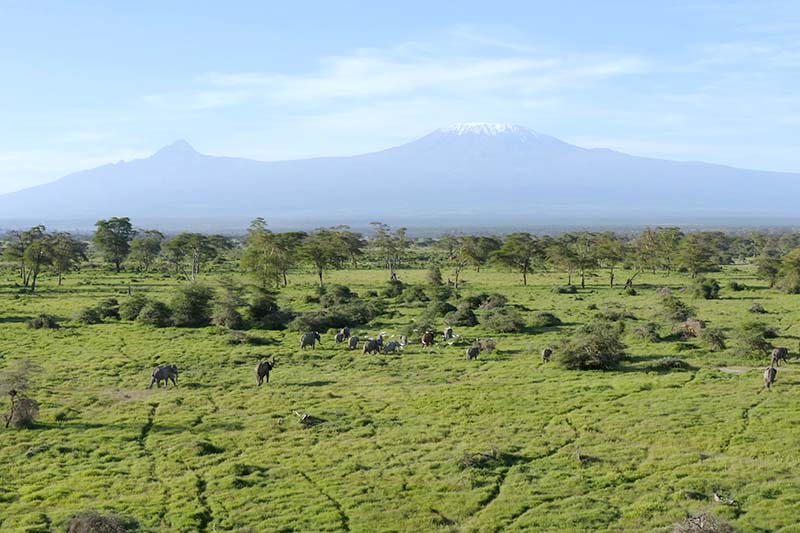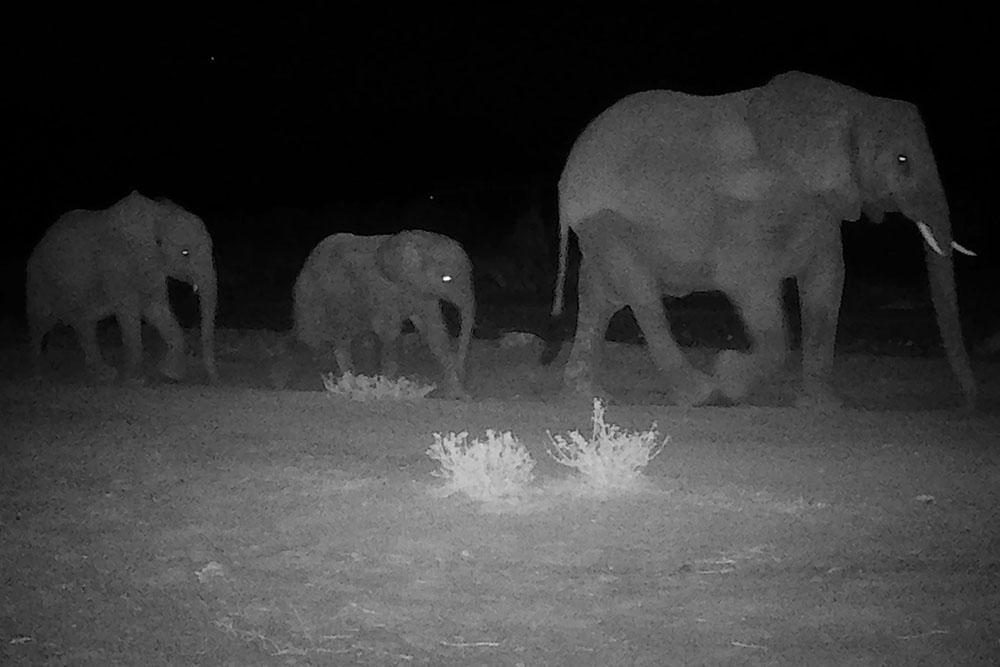
This is traffic not driven by the start or end of the workday, but by the rhythm of life itself.
Big Life’s camera traps capture every animal moving between Amboseli National Park and the Kimana Sanctuary, and the pictures show how these movements vary with the seasons. The tens of thousands of images also illuminate an extraordinary conservation success…


